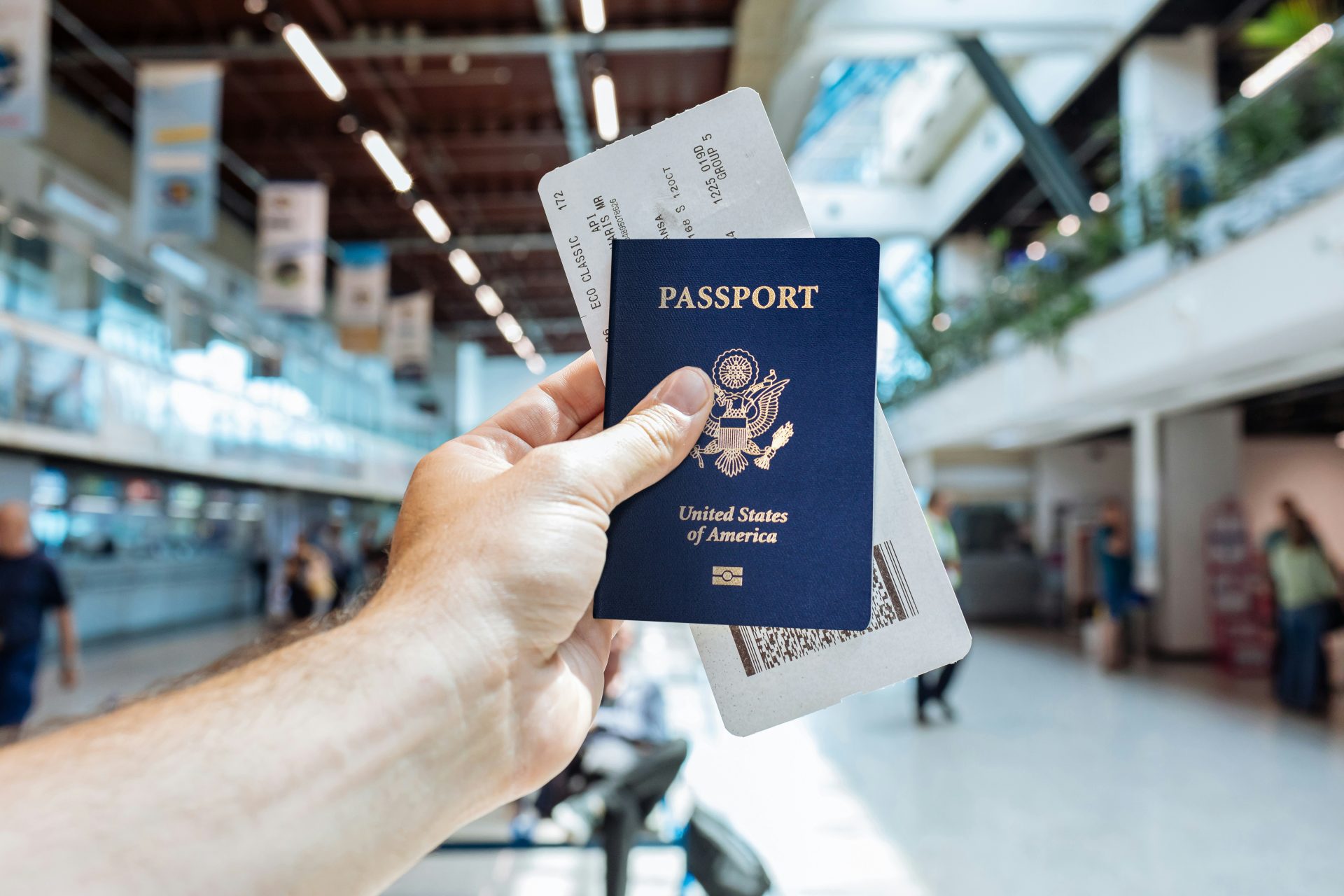According to recent cruise industry data, nearly 40% of cruisers overspend on their flight arrangements due to misconceptions about pricing. As an avid cruiser and travel expert, I’ve spent years analyzing flight patterns and pricing strategies. The choice between round-trip and one-way flights can significantly impact your cruise vacation budget, often by hundreds of dollars.
Understanding Flight Options for Cruise Travel
Air travel arrangements for cruise vacations involve multiple considerations beyond standard vacation flights. Airlines offer various booking options specifically designed for cruise passengers, including cruise-specific flight packages and flexible scheduling that accommodates maritime departure times.
Flight pricing for cruise ports often differs from traditional routes due to the specialized nature of these destinations. Many cruise ports are located in seasonal tourist destinations, creating significant price fluctuations throughout the year. Additionally, some cruise ports are served by limited carriers, affecting competition and pricing dynamics.
Repositioning cruises present unique flight challenges and opportunities. These one-way voyages occur when cruise lines move their ships between seasonal routes, such as from the Caribbean to the Mediterranean. Passengers must factor in potentially higher costs for one-way international flights, though the cruise fare savings often offset this expense.
Several misconceptions surround cruise flight bookings. Many travelers assume cruise line air packages always offer the best value, or that booking flights independently is too risky. In reality, the optimal choice depends on various factors, including sailing dates, ports, and individual travel preferences.
The Case for Round-Trip Flights
Traditional round-trip pricing structures typically offer better value compared to two separate one-way tickets. Airlines often price round-trip tickets at a discount to encourage return bookings and maintain predictable capacity management. This pricing model particularly benefits cruisers departing and returning to the same port.
Advance booking of return flights provides several advantages. Early bookings usually secure better rates and preferred flight times. This strategy proves especially valuable during peak cruise seasons when flight availability becomes limited.
Loyalty program benefits multiply with round-trip bookings. Most airline frequent flyer programs award miles based on the total ticket price, making round-trip bookings more rewarding. Additionally, elite status benefits apply to both departure and return segments when booked together.
Insurance and cancellation policies generally favor round-trip bookings. Many travel insurance policies offer better coverage for round-trip flights, and airline change fees often prove more manageable when handling a single reservation rather than multiple one-way tickets.
When One-Way Flights Make Financial Sense
Certain scenarios make split tickets more economical. During shoulder seasons or when flying between major hubs with strong competition, combining one-way flights from different carriers can yield significant savings. This approach works particularly well for repositioning cruises or itineraries with different embarkation and debarkation ports.
Price variations across seasons create opportunities for strategic booking. Peak season flights to cruise ports often carry premium prices, but mixing carriers and booking separate legs can help minimize costs. Some routes offer better value on one-way tickets during specific times of the year.
Flexibility with departure cities opens additional savings opportunities. Flying from alternative airports or incorporating ground transportation options can reduce overall travel costs. This strategy proves especially effective in regions with multiple airport options.
Strategic booking windows for one-way flights vary by route and season. While conventional wisdom suggests booking early, some one-way fares decrease closer to departure dates, particularly on competitive routes. Monitoring price trends helps identify optimal booking times.
Hidden Costs and Savings Opportunities
Baggage fees vary significantly between booking types and carriers. Some airlines charge higher fees for one-way flights, while others maintain consistent pricing. Understanding these differences prevents unexpected costs at check-in.
Airport transfer considerations impact total travel costs. Round-trip bookings often allow for more efficient ground transportation arrangements, while split tickets might require separate transfer bookings at different rates.
Seasonal pricing variations affect both flight costs and related services. High-season premium pricing extends beyond airfare to include airport transfers, baggage fees, and other ancillary services. Understanding these patterns helps in planning comprehensive travel budgets.
Loyalty program optimization opportunities exist across different booking strategies. Strategic use of airline partnerships, credit card rewards, and status benefits can reduce costs and enhance the travel experience. Some programs offer special benefits for cruise-related travel.
Smart Booking Strategies for Cruise Flights
Success in flight booking requires careful timing. Optimal booking windows vary by route, season, and cruise type. International flights typically require earlier booking than domestic routes, while last-minute deals occasionally surface for popular cruise ports.
Modern travel tools and websites facilitate comprehensive price comparisons. Specialized search engines now track historical pricing data and predict future trends. These resources help identify the best combination of carriers and routes.
Combining different airlines strategically can significantly reduce total travel costs. Code-share agreements and airline alliances enable creative routing options, though careful attention to connection times and baggage policies remains essential.
Stopover opportunities present another avenue for value. Some carriers offer free or discounted stopover programs, essentially providing an extra destination within the cruise vacation budget.
Making the Right Choice for Your Cruise
The decision framework for flight bookings should align with specific cruise characteristics. Factors include itinerary type, port locations, sailing duration, and seasonal considerations. Each combination of these elements suggests optimal flight booking strategies.
Port selection significantly influences flight options. Major cruise ports offer more competitive pricing and frequent service, while smaller ports might require additional planning and flexibility.
Comprehensive budget analysis ensures appropriate flight choices. A detailed worksheet comparing all costs – including transfers, baggage fees, and potential schedule changes – reveals the true value of different booking options.
Risk assessment guidelines help evaluate booking choices. Considerations include flight connection times, seasonal weather patterns, and the financial impact of potential disruptions. This analysis supports informed decisions between booking strategies.
Smart Traveler’s Guide
The choice between round-trip and one-way flights ultimately depends on your specific cruise itinerary and travel preferences. Consider your departure port, final destination, and potential savings opportunities before making your decision. Remember to factor in flexibility, convenience, and total travel costs when planning your cruise vacation transportation.

